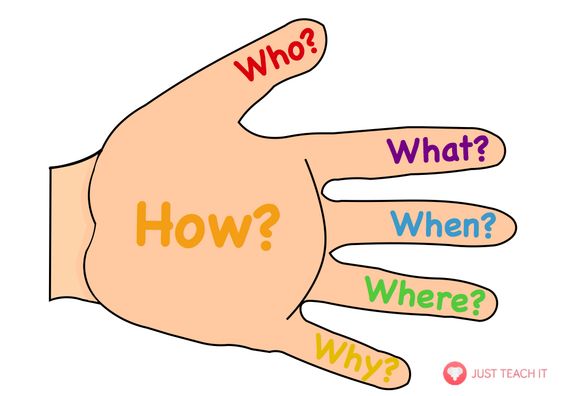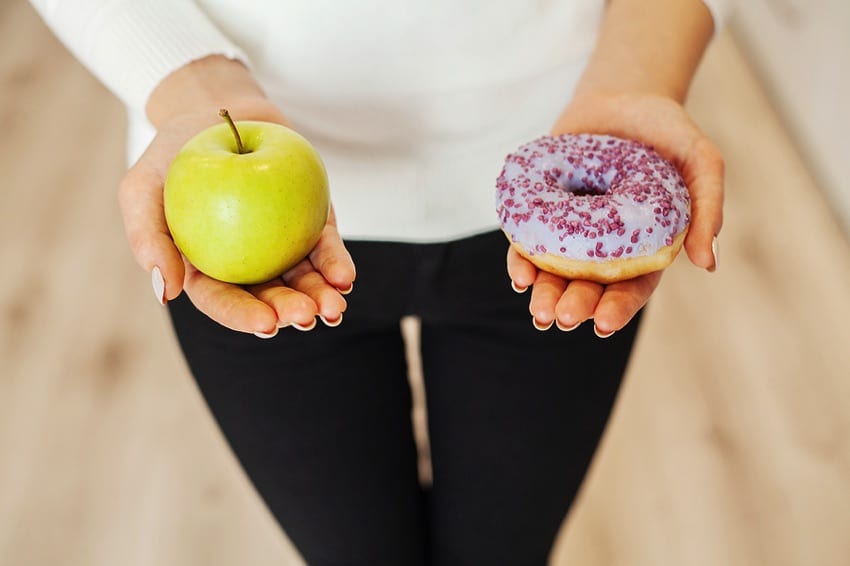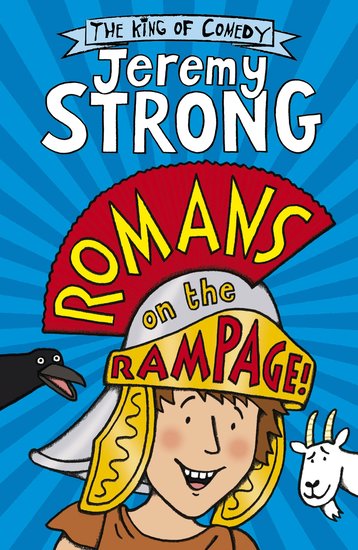English
Autumn 1 - A Bear called Paddington

Key Learning
Towards the end of the unit, children will be writing their own Paddington Adventure story. By then children will be able to:
- Use subordination for time.g. when, before and after
- explore and identify complex sentences using a range of conjunctions. g. when, before, after, while, until.
- use a comma to separate clause in complex sentences where the subordinate clause appears first.
- identify, generate and effectively use noun phrases. g. The blue butterfly with shimmering wings…
- select vocabulary from a vocabulary banks
- use inverted commas to punctuation direct speech (speech marks)



Explore the clips before to familiarise yourself with Paddington.
Paddington meets the Brown family http://www.viewpure.com/sCgnuhb45ik?start=0&end=0
Mr Brown joins Paddington for tea http://www.viewpure.com/VBku6tXLDo4?start=0&end=0
Autumn 1 - Biographies


Key Learning
During this unit we will be exploring a number of author biographies before researching a popular author and writing our own.
By the end of the unit, children will be able to:
- recognise key features of a biography including the structural layout and language features
- understand and use subheadings
- use subordination for time.g. when, before and after
- explore and identify complex sentences using a range of conjunctions. g. when, before, after, while, until.
- use a comma to separate clause in complex sentences where the subordinate clause appears first.
- be able to write in the past tense
- write in the third person
We spent some time looking at different biographies about famous authors such as Roald Dahl, J K Rowling and Jeff Kinney. The children really enjoyed learning about different authors. We then researched our favourite authour and collected facts about them before writing a biography about them.
We can't wait to share with you some finished biographies.
Autumn 1 - Poetry

On Friday 21st October we created recipes for a good friend and enjoyed practically combining ingredients of different qualities we thoguht a good friend should have. Some of the qualities (ingredients) were equality, happiness, loyalty and kindness. Take a look at the pictures and video clips below.



Autumn 2 – Narrative: The Tin Forest

Key Learning
Towards the end of the unit, children will be writing their own version of The Tin Forest. By then children will be able to:
· To understand and use the correct determiners ‘a’ and ‘an’ in sentences
· To identify and use adverbs
· To identify and use a range of prepositions
· To write complex sentences using a range of conjunctions e.g. if, so, although.
· To use the perfect form of verbs
· To identify, generate and effectively use noun phrases. g. The blue butterfly with shimmering wings…
· To select vocabulary from a vocabulary banks


.JPG)

The children wrote some incredible descriptions about the setting in the picture above focusing key vocabulary we could use. Have a listen to some of our amazing work below.
Autumn 2 - Persuasive letters
.png)

Mission: To write a persuasive letter about eating healthy

Key Learning
Towards the end of the unit, children will be writing their own version of The Tin Forest. By then children will be able to:
- To explore vocabulary
- Identify key language features of persuasive text
- Gathering content for writing a persuasive letter
- Plan a persuasive letter



The children were asked to read and sort facts about doughnuts and apples. Whilst reading the facts, children picked out key words that we have focusing on such as vitamins, fats and energy. They then sorted these facts into a diamond nine, with the most important fact at the top.
Spring 1 – The Stone Age boy

Key Learning
Towards the end of the unit, children will be writing their own version of The Stone Age boy story. By then children will be able to:
· To use preposition to express time
-To use adverbs to express time
-To use preposition for place
· To recognise word families
· To write complex sentences using a range of conjunctions e.g. if, so, although.
· To identify, generate and effectively use noun phrases. g. The blue butterfly with shimmering wings…
· To select vocabulary from a vocabulary banks
Spring 1 – Discussion text
![]()
Key Learning
After exploring the features of a number of discussion text, we will be writing our own discussion text about whether it would be better to live in the Stone Age or not?
By then children will be able:
· To features of a discussion text

Key Learning
We will be exploring the Iron Man character in detail before using the Talk 4 Writing techniques to develop our own story.
By then children will be able:
· To make predictions about the book
· To visualise a character







· To make comparisons between a film and a chapter in the book


· To identify key points within a text
· To use drama to explore the thoughts and feelings of characters
· To a dictionary and thesaurus to improve writing skills.
We finsihed off our Iron Man unit by exploring poetry.
We were so proud of our Iron Man work that we created an Iron Man display.
Iron Man - Chapter 1 (Video clip) : https://youtu.be/ycgfA-7udHs
A copy of chapter 1 has been attached below
Summer 1 – Playscripts
Key Learning
After exploring the features of playscripts, we will be writing our own based on Jeremy Strong's book 'Romans on the Rampage'.

By then children will be able:
- identfity similariies and differences between a fictional story and a playscript
- know how to read a playscript
- identify the key feaures of a playscript
- be able to adapt a fictional story for a play
- act out a play with emotion
We have been exploring features of a playscript.


We explored how to adapt a fictional story into a playscript. This was our first time at trying to write a playscript.


Having read the beginning of the book Romans on the Rampage, we started to explore the main events within the chapter.
After developing our plan we had a go at writing a playscript based on the book.




Summer 1 – Non-Chronological Reports
Key Learning
By then children will be able to:
- ask questions about a topic
- use text to retrieve answers to questions
- explore key vocabulary linked to a topic
- identify features of a non-chronological report
- identify key language structures within non chronological reports
- use appropraite subheadings
- group information into paragraphs
- use a range of conjuctions
- use subordinating conjuctions including placing the comma in the correct place.
Asking questions about a topic


Exploring key vocabulary

Identifying features of non chronological reports

Using appropriate subheadings

Planning our non-chronological report
Our Non-Chronological reports about The Romans




As part of our Friday writing assessemtn, children researched and wrote a second Non-chronological report about why the Romans invaded Britain.



 Reedley Primary School
Reedley Primary School.JPG)

.JPG)
.JPG)




















